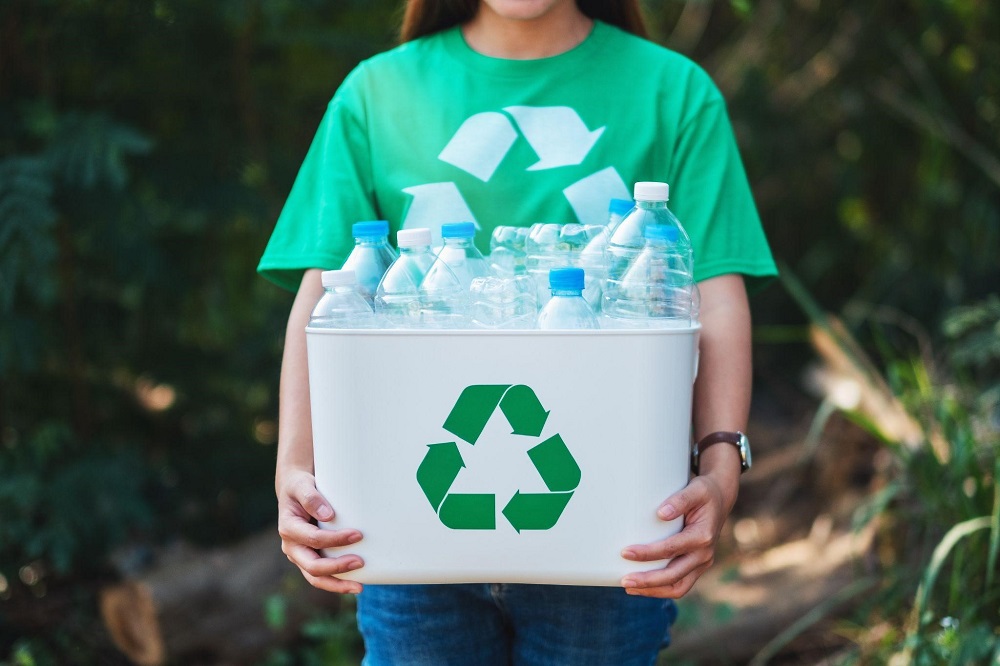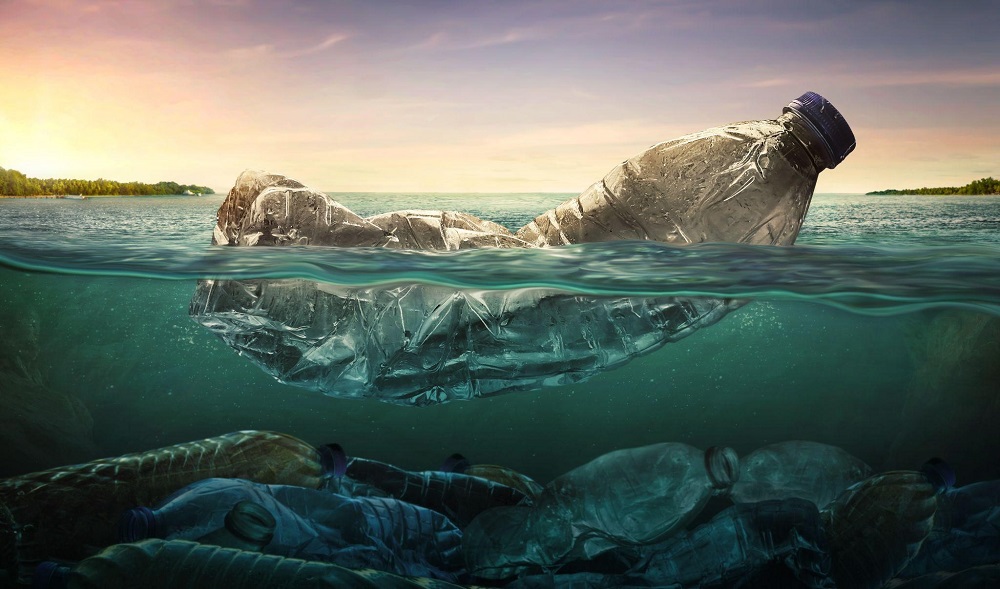Water is arguably the most important natural resource for human life, so it’s essential that we do everything possible to protect the environment and, consequently, our water supply.
However, many issues lead to polluted water, and the problem continues to get worse and worse. Water pollution is a problem unlike any other, and it can have terrible consequences for animal, plant, and human life.
The good news is that there are some things that we can do to minimize the effects of water pollution and improve the current state of our water, as well as the future. What are those options? Keep reading to learn how to reduce water pollution and ensure a better future.
What Is Water Pollution?
Before learning how to reduce water pollution, it’s essential to understand what it is.
You may be familiar with pollution in general, which is introducing harmful material into the environment through littering or other means. However, when people think of pollution, they often think of land or air. Water pollution is more specific than that and can have worse consequences.
Water pollution is the contamination of water bodies, typically from human activity. This results in a negative impact on the earth’s bodies of water, including:
- Oceans
- Lakes
- Rivers
- Streams
As a result of water pollution, these bodies of water become unsuitable for drinking, swimming, bathing, cooking, and other uses. If used or consumed, this water may also end up causing disease and illness to humans and animals.
Many different types of water pollutants pose a danger to bodies of water. These pollutants include:
- Chemicals
- Bacteria
- Trash
- Parasites
What makes water pollution so bad is how easily it can happen, even if you live nowhere near any bodies of water. Unfortunately, all forms of pollutants eventually get to the water. Air pollutants settle in the water, while land pollutants such as litter can seep into underground streams and eventually end up in lakes and other bodies of water.
Thankfully, there are things we can do to minimize water pollution and prevent pollutants from reaching the water. Let’s take a look at how to reduce water pollution.

How to Reduce Water Pollution
Water pollution can have dire environmental consequences, such as decreased plant and wildlife and acceleration of global warming. It might seem overwhelming and like there is little we can do to prevent water contamination due to industrial waste and other threats to our clean water.
However, we can do a few things to reduce water pollution and prevent our water sources from worsening. Many of these actions are small gestures that will have a significant impact on preventing water pollution.
Here are the top ways to reduce water pollution and protect our waterways.
Don’t Litter
The easiest way to reduce water pollution is to simply not litter.
Even if you’re littering on land, the garbage you put on the ground will eventually end up in the water. So not only will you be polluting the land, but you’ll also be polluting the water.
By not littering, you’re minimizing the potential effects of water pollution. To make even more of an impact, pick it up and throw it in the garbage anytime you see litter.
Properly Dispose of Chemicals
The best way to reduce water pollution in your home is to avoid using too many chemical cleaners. Not only will your home feel cleaner, but you’ll also prevent chemicals from polluting the water system.
However, if you use chemical cleaners, you should, at the very least, dispose of them properly. Avoid disposing of harmful chemical cleaners down the drain, including your toilet. This directly introduces these chemicals into the water system. It’s a good idea to use biodegradable cleaners that are better for the environment.
Check Your Water for Lead Contamination
Many homes have lead pipes that carry water. However, lead is a harmful pollutant that harms human and animal life.
It’s a good idea to get your pipes and water supply checked for lead contamination to have one less pollutant to deal with. If your pipes have lead, you can change them or use a filter.
Don’t Hose Down a Spill
Have you ever spilled toxic chemicals outside in your front or back yard? The natural inclination is to hose it off into the nearby drain. However, this is awful for water pollution and dramatically adds to the problem as it gets into the groundwater and our public water systems.
Instead, try using cat litter to absorb the spill. Much as it does for pet waste, cat litter will cause the liquid to become solid, making it easy to sweep up and dispose of properly without risking contaminated water.
Use Less Water
Learning how to reduce or prevent water pollution isn’t only about not contaminating the water. Water conservation is another essential change that will help reduce water pollution.
There are several ways in which you can use less water in your home, including:
- Installing water-efficient toilets
- Turning off the faucet when you brush your teeth
- Taking short showers
- Only using your dishwasher when it’s full
You Can Reduce Water Pollution One Step at a Time
To recap, water pollution is one of the worst types because all pollutants eventually end up in our water through wastewater and make their way into our groundwater, stormwater runoff, and water systems. Therefore, the best way to reduce water pollution is to minimize overall pollution.
Pollution prevention includes avoiding littering, using proper disposal of harmful chemicals, checking your water for lead contamination, and using only the water you need.
To learn more about how humans impact the water cycle, check out this article.

